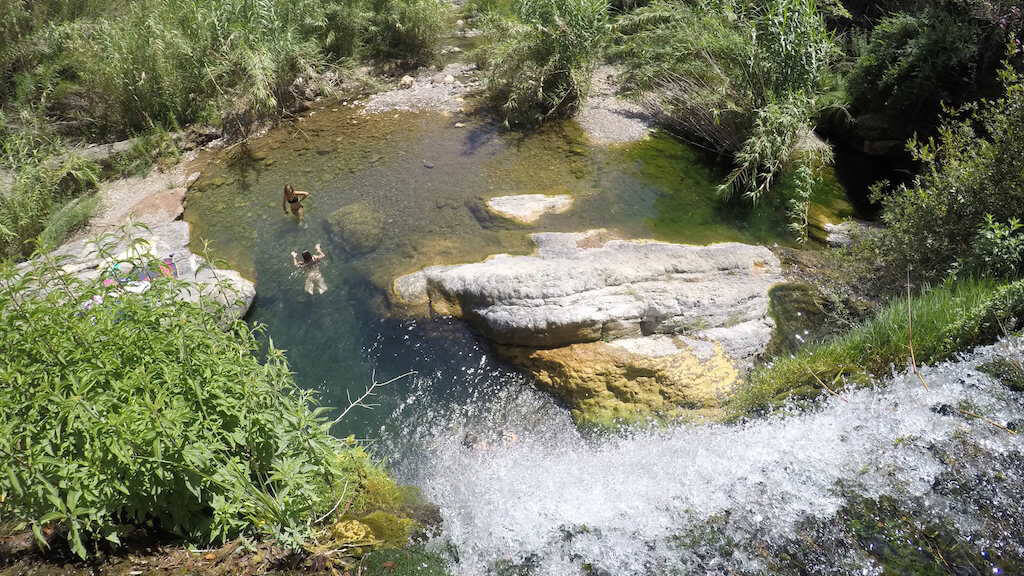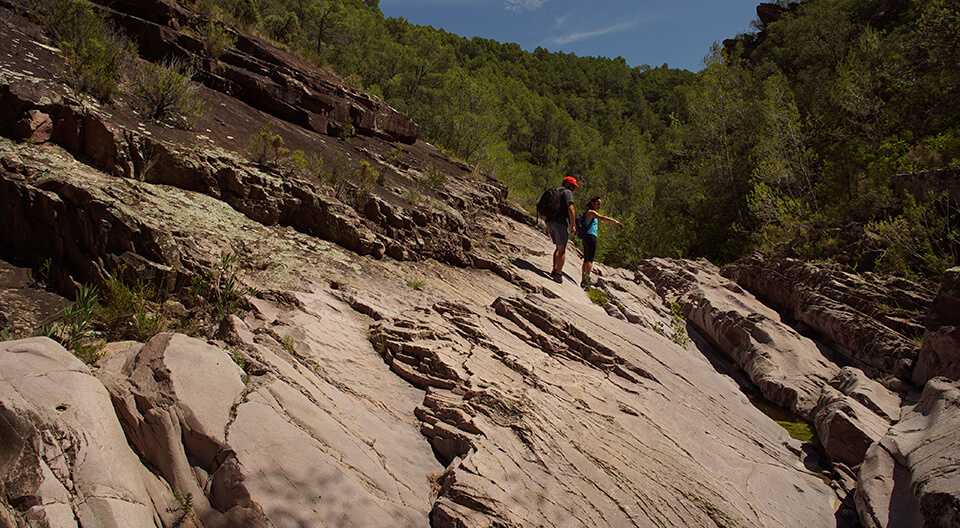Located in the Alto Mijares region, Ayódar is a charming town with a municipal area of 24.21 km2, which occupies part of the Sierra Espadán Natural Park and 30 km away from Castellón.
Mountainous orography, the town is located on the slope of Peña Sarganta and partially surrounded by the Chico River that feeds the vegetation of Ayódar, which makes this municipality a quiet and welcoming place for visitors.

HISTORY
Of Arab origin it belonged to Abu Zeyd, the last Muslim governor of Valencia, before agreeing surrender with King Jaime I. In 1236 its population revolted and were subdued by the own troops of Aby Zeyd, passing the municipality to be of their dominions . After the Moorish expulsion in 1609, it was repopulated by Christian families and in 1611 it was granted the Pobla Charter by the Baron de Ayódar, Duke of Villahermosa. From that moment he remained as head of the Barony, formed by Fuentes de Ayodar, Torralba del Pinar, Villamalur and Higueras. The seat of the Duke of Villahermosa, built at the beginning of the XVII century was the palace of this population, now disappeared.
MONUMENTS OF INTEREST
At the top of a hill, a tower that was part of the remains of the castle, contemplates the population from the top of a viewpoint, a reminder of the last Arab days of the municipality.
Of the old Convent of the Dominicans of 1610, there is a bell tower, declared of cultural interest. The parish church of the nineteenth century, dedicated to San Vicente Ferrer since 1861, was built in 1853. Valencian academic style consists of three naves and apse.

NATURAL ENCHANTMENTS
On its way, the Chico River originates pools of crystalline and fresh water as the natural pool, on the outskirts of the town, or the Strait, whose waters flow into the Mijares. Numerous are the sources presents the municipality, as the Long Source, at the foot of the Castle, the Turio, channeled to the town or Santa Barbara.
Its mountainous landscape is a compendium of variable heights, from the population with 382 meters to the Black Cave with 834 meters, passing through the Peña Alta, with 692 meters.
HOLIDAYS AND TRADITIONS
The festive calendar starts with San Sebastián, on January 15. San Antonio follows, on January 17 with the bonfire, blessing of animals and rolls. In June, the Corpus Christi and the Sacred Heart of Jesus. In August, its summer parties and in October, the Virgen del Rosario.


